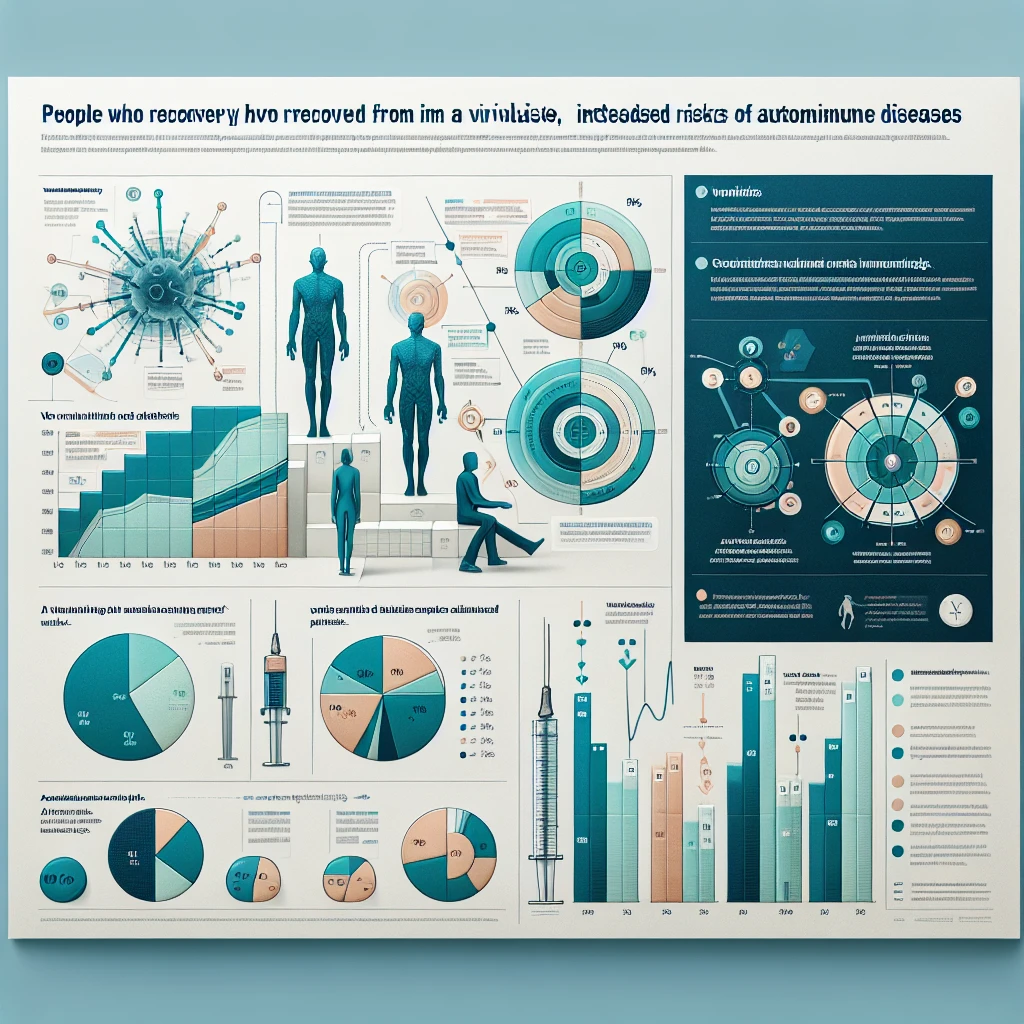
ADHD: From ADD to ADHD - Brief History and Understanding
The article clarifies the difference between ADD & ADHD, two related but distinct conditions affecting attention and behavior.
World News
ADHD: From ADD to ADHD - A Brief History and Understanding of Attention-Deficit Hyperactivity Disorder
By Jill Lorentz
April 24, 2024

On April 24th, The Conversation reported that approximately one in every twenty people have attention-deficit hyperactivity disorder (ADHD). This neurodevelopmental disorder is one of the most common to be diagnosed during childhood and often persists into adulthood. ADHD is typically identified when there are noticeable issues with inattention or hyperactivity/impulsivity that hinder an individual's performance at work or school, their social interactions, and their home life.
Previously referred to as Attention Deficit Disorder (ADD), this condition has since been renamed ADHD. However, confusion still exists amongst some individuals regarding the difference between ADD and ADHD.
To provide clarity on this subject matter, we need to delve into its history. In 1902, British paediatrician Professor George Still gave a series of lectures discussing his observations of children who exhibited symptoms which align with what we now understand as ADHD - they were defiant, aggressive, undisciplined and highly emotional.
The understanding of this condition evolved over time until it was finally included in the Diagnostic Statistical Manual for Mental Disorders (DSM). Clinicians use DSM as a guide for diagnosing mental health disorders including neurodevelopmental conditions like ADHD.
In 1968’s DSM-II edition included a section on behavioural disorders in young people where it described characteristics similar to those found in ADHD patients under "hyperkinetic reaction of childhood or adolescence". However it wasn't until early 1980s when DSM-III officially introduced "Attention Deficit Disorder" with two types: ADDH (with hyperactivity) and ADD without hyperactivity.
Fast forward seven years later; DSM-III-R replaced both forms of ADD with Attention-Deficit Hyperactive Disorder along with three distinct subtypes: predominantly inattentive type; predominantly impulsive-hyperactive type; combined type. The change was primarily driven by debates around presence/absence of hyperactivity within these categories along with questions about whether different subtypes were actually different conditions.
The term ADD still persists today, primarily because of the surge in diagnoses during the 1980s. Some people might identify with having ADD, either out of habit or due to their original diagnosis. Others may use it simply because they are not aware that the terminology has changed over time.
Currently, ADHD is diagnosed based on its three sub-types as outlined in DSM-5: predominantly inattentive; predominantly hyperactive-impulsive and combined type. The prevalence of ADHD diagnoses continues to rise among both children and adults and more recently girls and women have also been seeking diagnosis for this disorder.
However, some international experts challenge the expanded definition of ADHD which seems driven by clinical practice within United States. They suggest that challenges faced by young individuals with this condition are uniquely shaped by each country's cultural as well as political factors rather than just medical evaluations alone.
Regardless of these debates around its nomenclature reflecting our current understanding about this condition, ADHD remains a significant issue affecting educational performance along with social interactions for many children, adolescents and adults globally.
LATEST ARTICLES IN World News
Drought Is the Biggest Threat from Climate Change in the Netherlands.
Poll: Majority of Israelis Prefer Low-Key Independence Day.
154M Lives Saved by Vaccines in 50 Years: Global Success Graphs.
Pakistan & Saudi Arabia: Partners in Progress - PM.
Join Our Newsletter
Popular Articles
-

Mar 13, 2024
Anyone But You - A Romantic Comedy Surprise of 2023 -

Feb 01, 2024
AI Company About to Revolutionize the Medical Space? -

Mar 20, 2024
COVID-19 Survivors at Risk for Autoimmune Diseases -

Jan 27, 2024
Get Rich in a Year with These 3 Coins!




